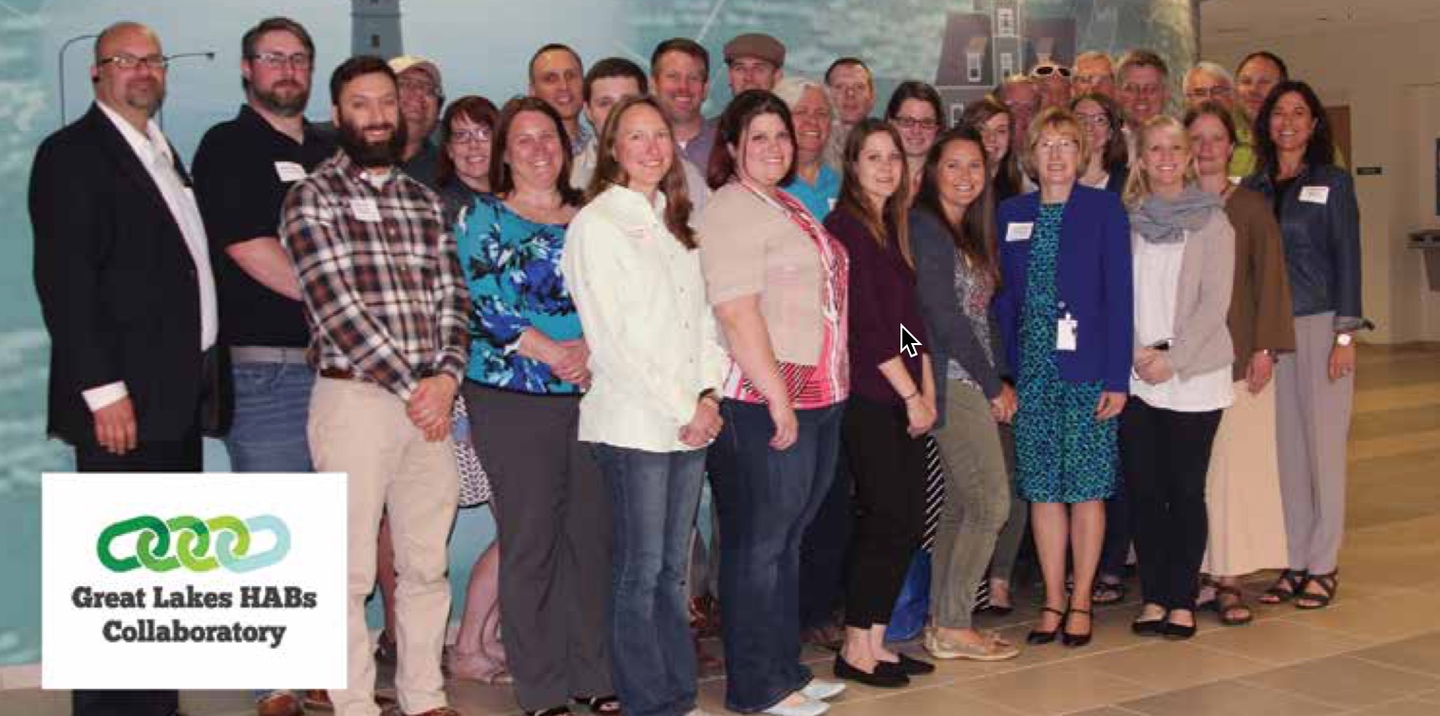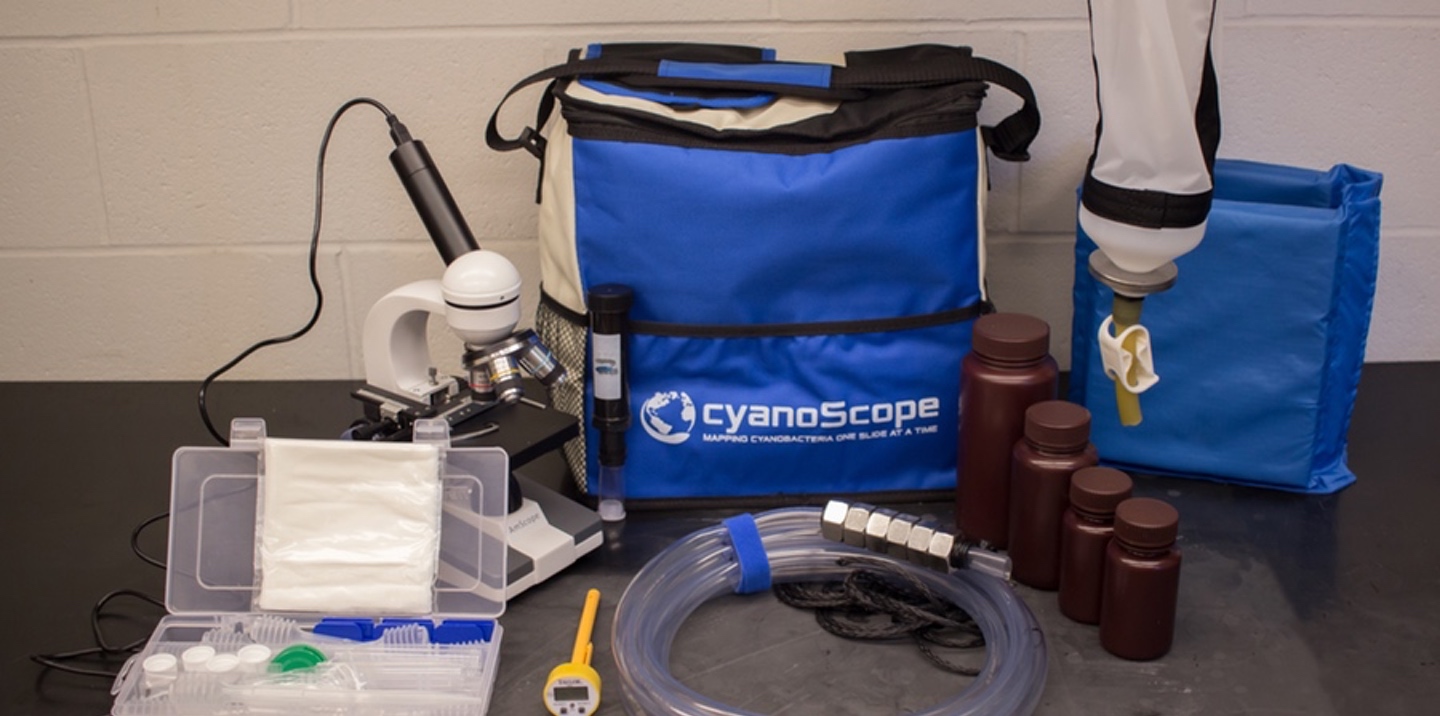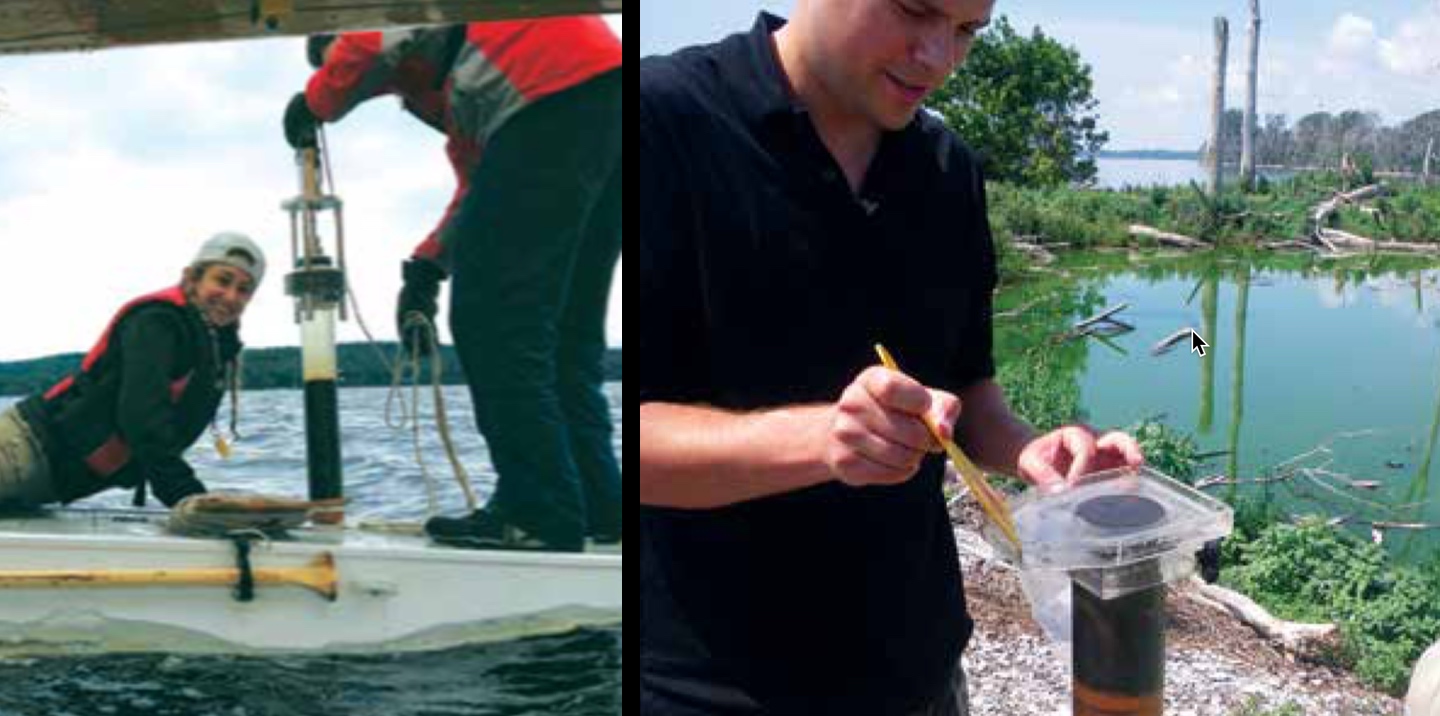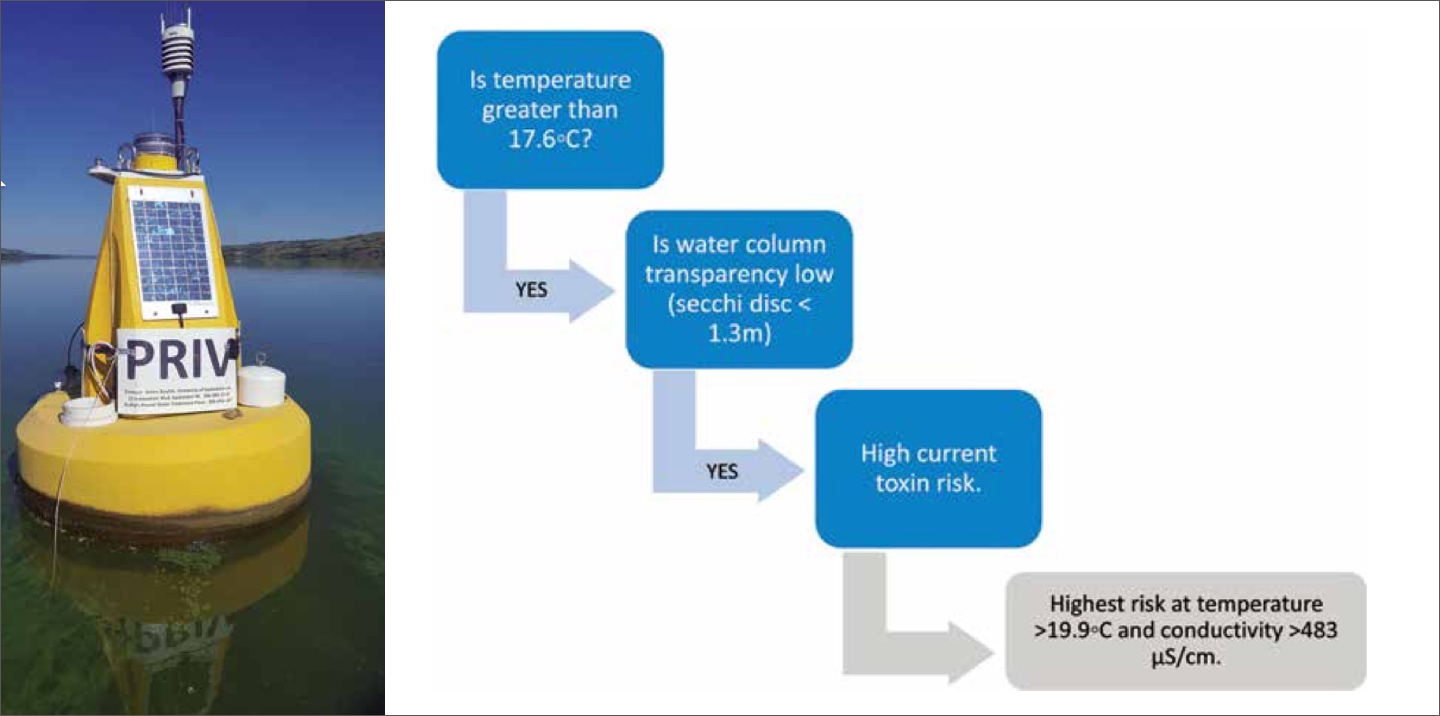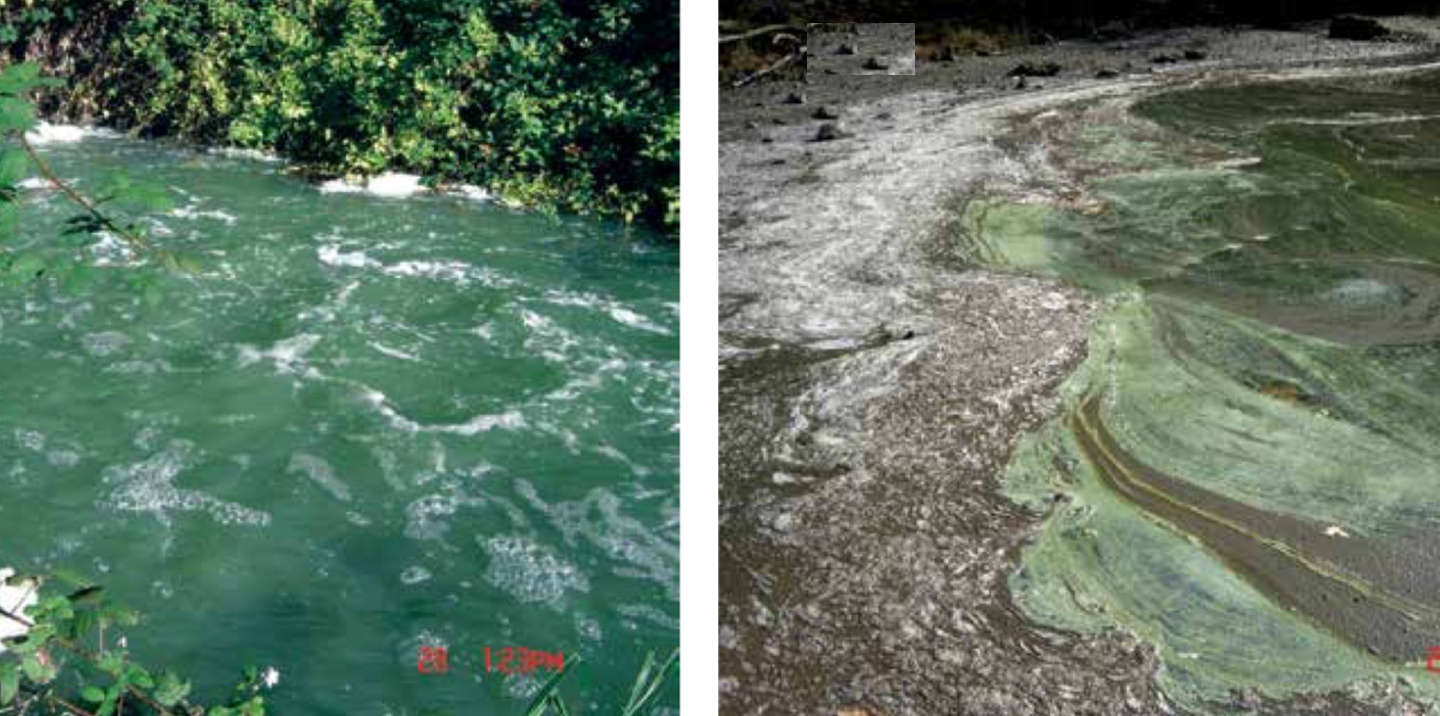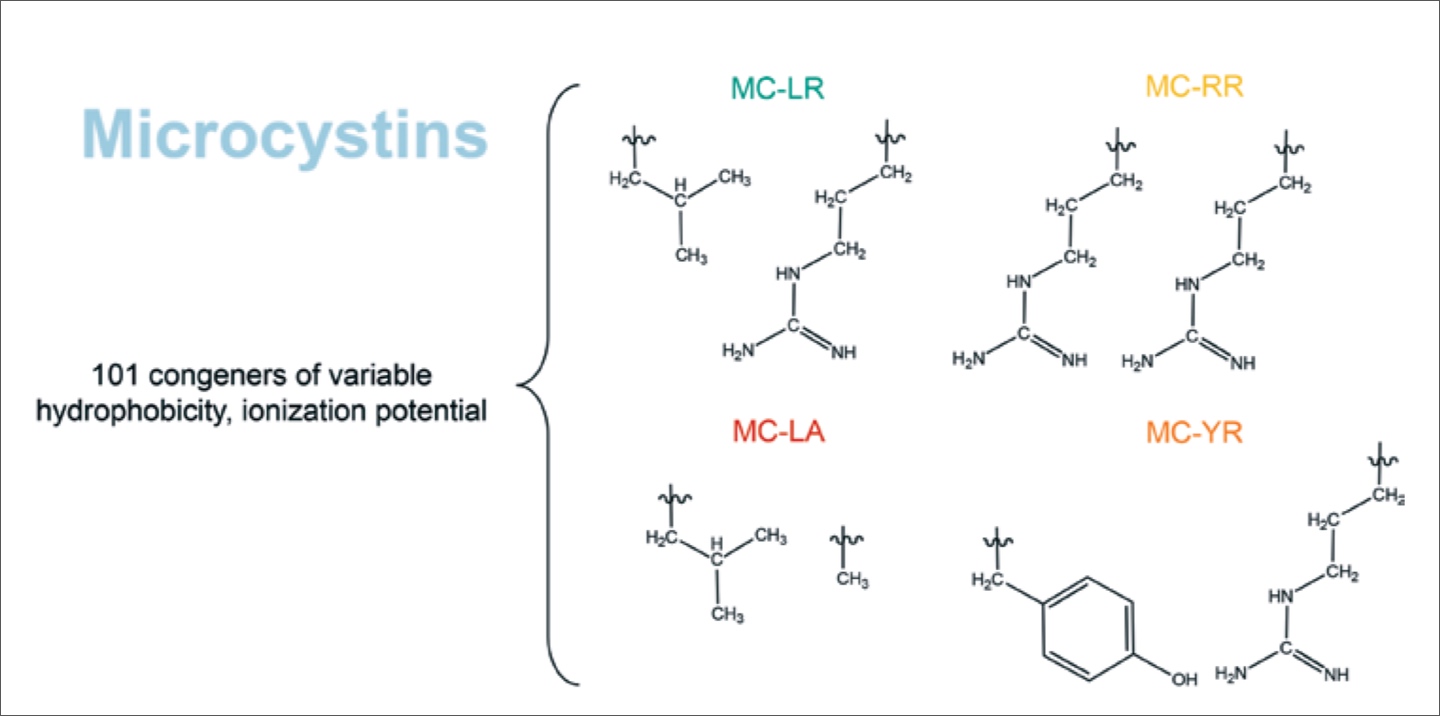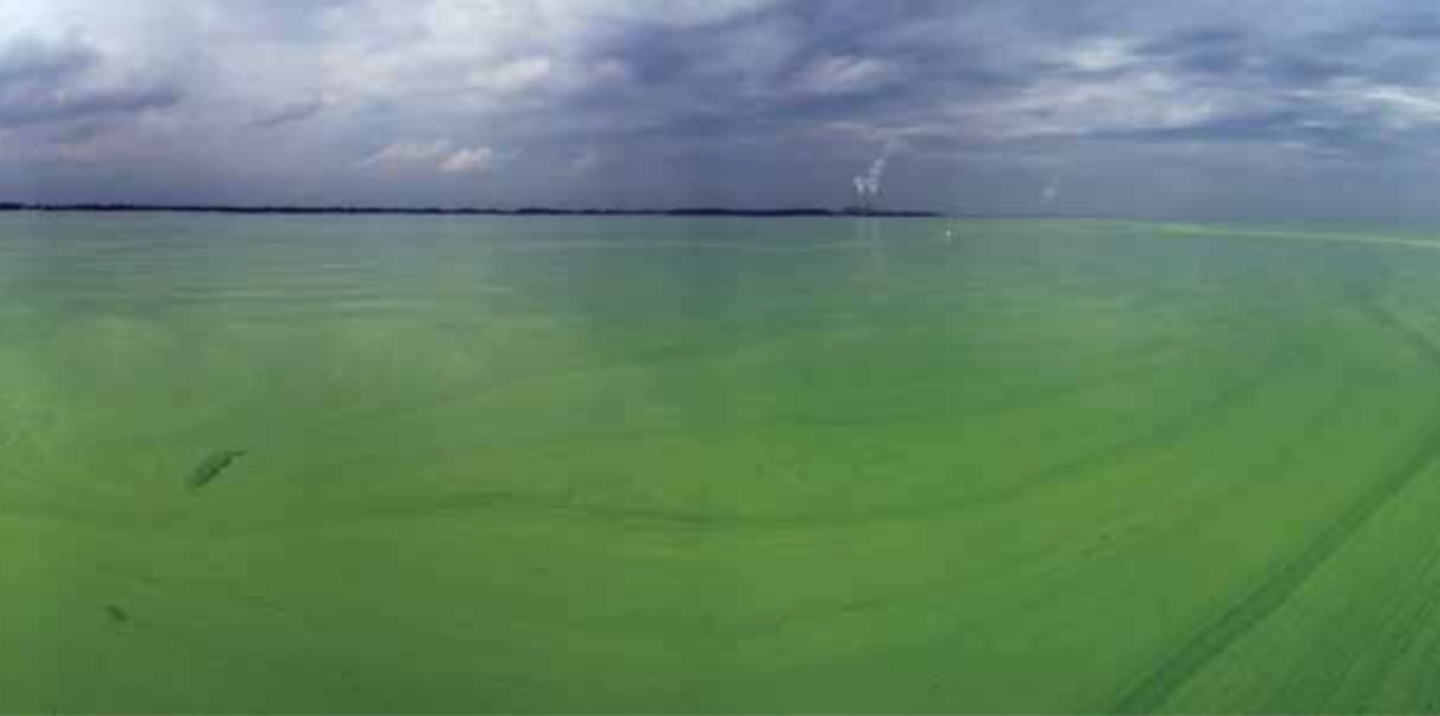NOTICE: Website Data Submission Temporarily Unavailable
Hello Secchi Dip-In Volunteers,
Thank you to all volunteers who alerted us about issues submitting data via the Secchi Dip-In website! Late Monday evening, it was determined all accounts are currently unable to submit data to the Secchi Dip-In website. The company managing our website-database interface has been contacted and we are waiting for a response.
Currently, three options exist for data submission:
Sign up for and submit your information using the GLEON Lake Observer App. Training videos for downloading and using the app to submit ...
NALMS Notes May / June 2017
The new issue of NALMS Notes is out!
In this issue:
July is Lakes Appreciation Month!
News From Our Affiliates
President’s Message
NALMS Seeks Editor for LakeLine
New From Region 1
International Rainy-Lake of the Wood Watershed Forum
Membership in Motion
Conferences & Events
Call for Board of Directors Nominations
Call for Achievement Awards Nominations
Lake News & Information
NLA Training in Region 6
NALMS 2017: Finding Balance
News From Our Student Director
Reservoir Fisheries Habitat Partnership
Seeking Editor for LakeLine Magazine
The North American Lake Management Society (NALMS) seeks an editor for LakeLine Magazine, a quarterly publication that informs and educates readers about current issues regarding lakes and lake management. Issues are theme-based with all of the articles addressing a specific topic. Most NALMS members primarily receive the magazine in print.
The ideal candidate must possess:
A bachelor's degree or higher in the water resources field.
Working knowledge of NALMS and its history.
Excellent verbal and written communication skills.
Superior English ...

